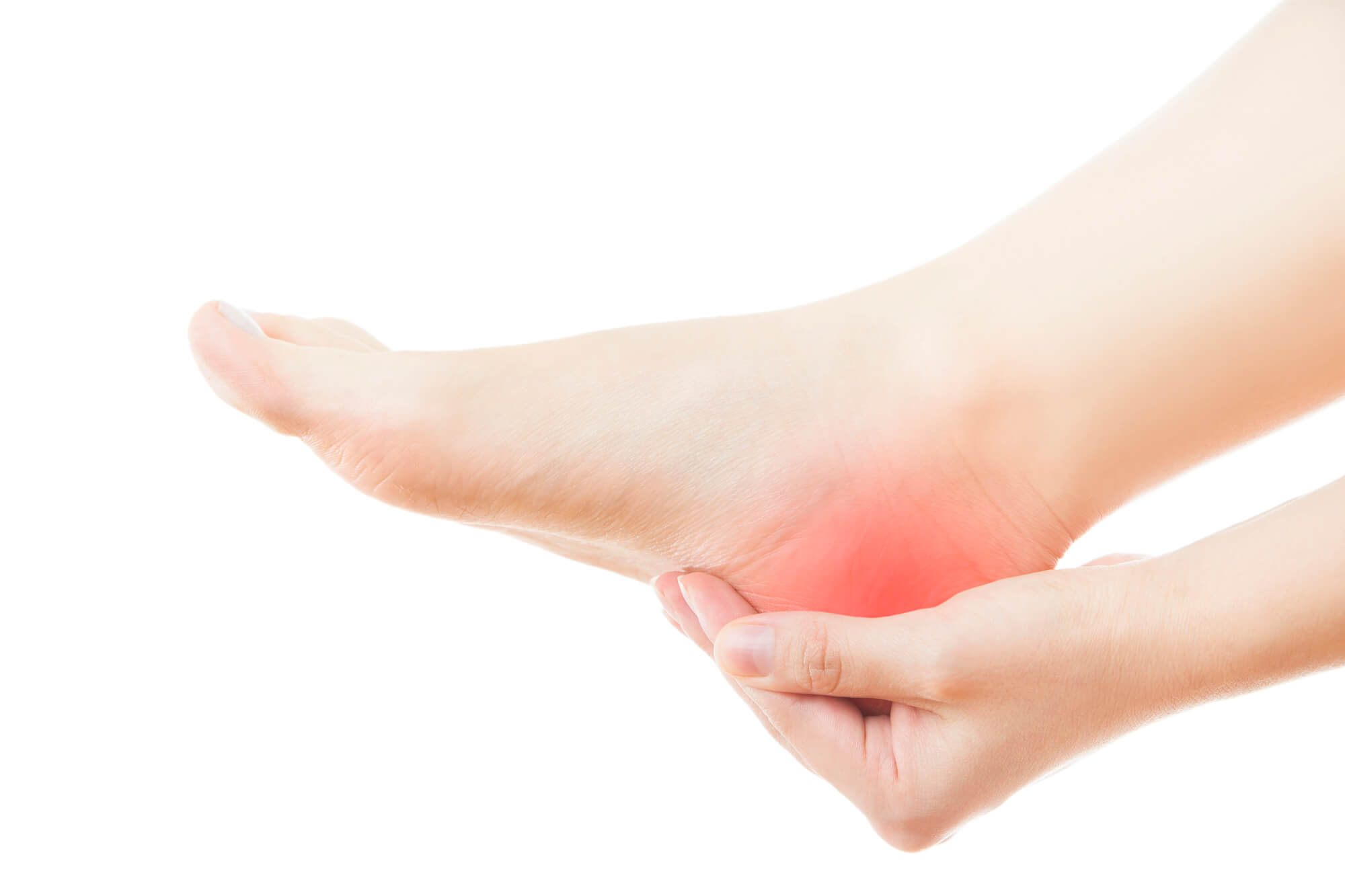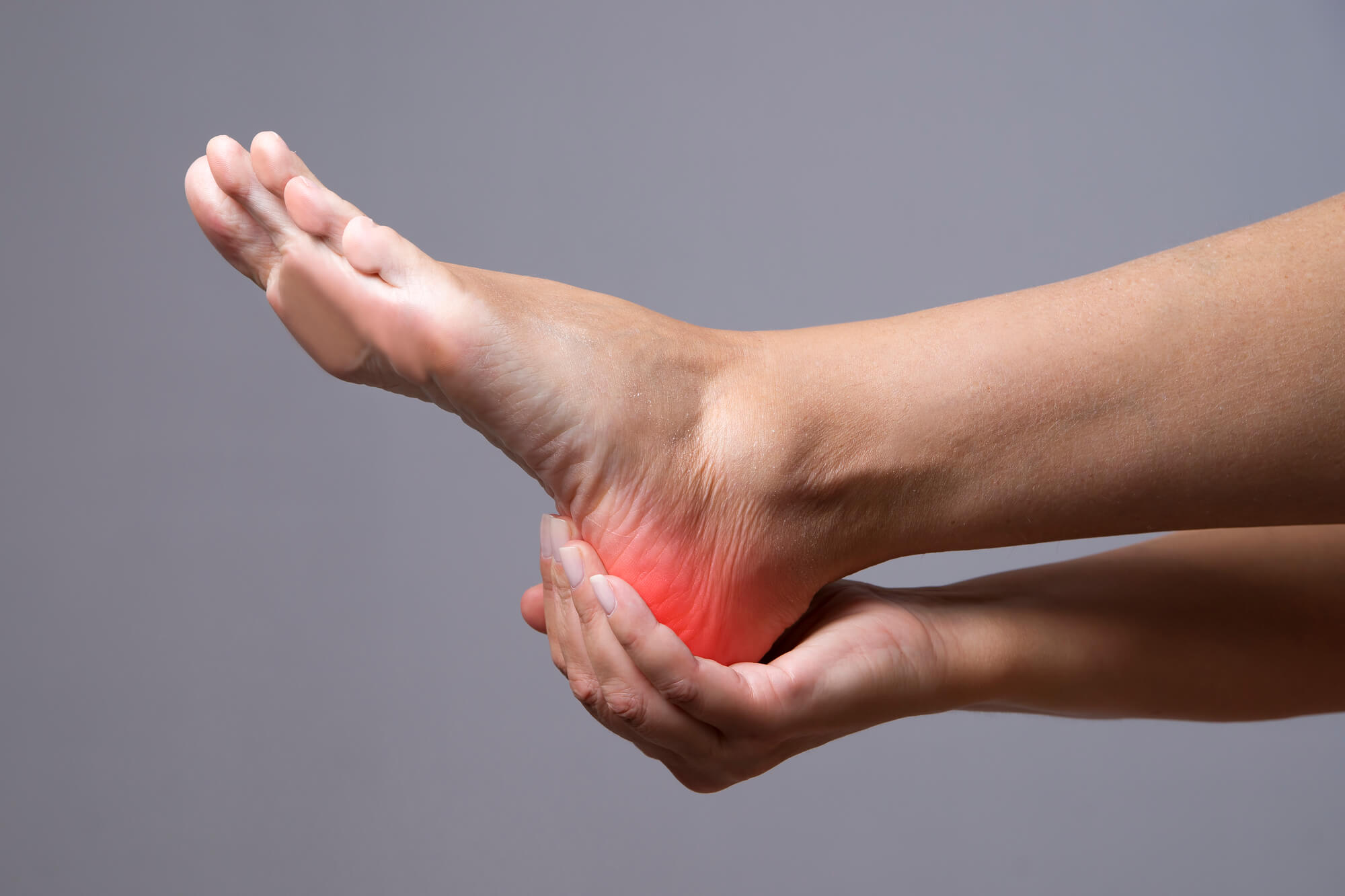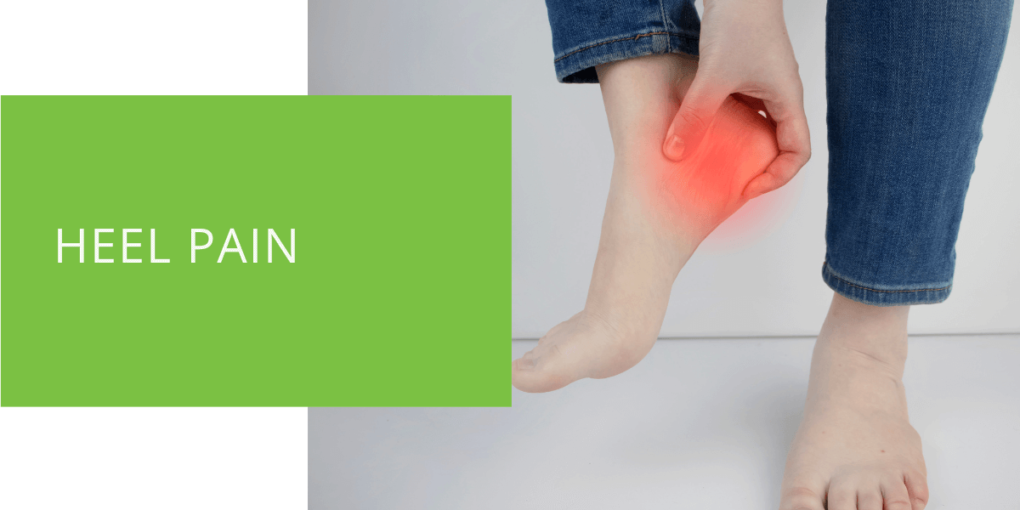Understanding and Managing Heel Pain
Heel pain is a common problem that affects many people. It can be caused by various conditions and can range in severity from mild to debilitating. The most common cause of heel pain is plantar fasciitis, a condition in which the plantar fascia, a band of tissue that runs along the bottom of the foot, becomes inflamed. Other common causes of heel pain include spurs, stress fractures, and arthritis.
The risk factors for developing heel pain include obesity, certain occupations and activities that put a lot of stress on the feet, and improper footwear. This article will discuss the symptoms, causes, risk factors, treatment options for heel pain, and tips for preventing and managing it.
Symptoms of Heel Pain
The most common symptom of heel pain is a sharp or burning pain in the heel or arch of the foot. The pain may worsen in the morning or after long periods of standing or sitting. Some people may also experience stiffness or soreness in the heel or foot and difficulty walking or standing on their toes.
It is important to distinguish heel pain from other foot conditions, such as Achilles tendinitis, bursitis, or a stress fracture. A podiatrist or other healthcare professional can help identify the specific cause of heel pain through a physical examination and imaging tests.

Causes of Heel Pain
The most common cause of heel pain is plantar fasciitis when the plantar fascia becomes inflamed. The plantar fascia is a band of tissue that runs along the bottom of the foot and connects the heel bone to the toes. When this tissue becomes inflamed, it can cause pain and stiffness in the heel and foot.
Heel spurs, small bony growths on the heel bone, can also cause heel pain. They are often associated with plantar fasciitis and can be seen on x-ray images. Stress fractures, tiny cracks in the heel bone, can also cause heel pain, particularly in athletes who engage in high-impact sports.
Arthritis, gout, and other conditions that affect the joints and bones in the foot and ankle can also cause heel pain. To get a proper diagnosis and management plan, it is important to consult a healthcare professional if heel pain persists and does not improve with self-treatment.
Risk Factors for Heel Pain
Certain factors can increase the likelihood of developing heel pain. These include obesity, as extra weight puts more stress on the feet and can lead to inflammation and pain. Certain occupations and activities involving a lot of walking or standing on hard surfaces can also stress the feet and lead to heel pain.
Improper footwear is another common risk factor for heel pain. Shoes not providing enough arch support or cushioning can put extra stress on the heel and foot. Wearing high heels or shoes too tight can also lead to heel pain.

Treatment Options for Heel Pain
Various treatment options are available for heel pain, depending on the cause and severity of the condition.
Conservative Treatments
- Rest, ice, and physical therapy are often recommended as initial treatment for heel pain.
- Using orthotic inserts and shoe modifications can also help reduce pain and inflammation. These inserts are placed inside the shoe and provide additional support and cushioning for the heel and arch of the foot.
- Medications such as non-steroidal anti-inflammatory drugs (NSAIDs) can help to reduce pain and inflammation.
Surgical Treatments
In some cases, surgery may be necessary to alleviate heel pain. Surgery is usually only considered when conservative treatments have failed to provide sufficient relief.
There are a few different surgical options available for heel pain, depending on the specific cause. For example, if a heel spur causes heel pain, the surgeon may remove the spur. If the pain is caused by plantar fasciitis, the surgeon may release or lengthen the plantar fascia.
Injection therapy is also available for treating heel pain, such as corticosteroid injection directly to the inflammation area or PRP (Platelet-rich plasma), which contains higher growth factors that can promote healing.
It is important to note that surgery carries some risks, and recovery can take several months. So, it's always important to exhaust non-surgical options before considering surgery and have an open conversation with your surgeon or podiatrist about the risks and benefits of each procedure.

Prevention and Management
To prevent heel pain from recurring, it's important to address the underlying risk factors. Maintaining a healthy weight, and being mindful of activities and occupations that put a lot of stress on the feet, can help to reduce the likelihood of developing heel pain.
Proper footwear is also important. Choose shoes that provide good arch support and cushioning, and avoid shoes that are too tight or have high heels.
Stretching exercises, particularly for the calf muscle, can help to reduce the tension on the plantar fascia and reduce pain. Performing calf muscle stretches before and after physical activity can also help prevent heel pain.
Another technique that has been suggested for reducing heel pain is barefoot walking. This can help strengthen the foot muscles, improving the foot's ability to absorb shock.
Conclusion
Heel pain is a common issue that many conditions, including plantar fasciitis and heel spurs, can cause. Risk factors include obesity, certain activities, and improper footwear. Treatment options include rest, physical therapy, orthotic inserts, medications, and surgery. To prevent heel pain from recurring, it's important to address underlying risk factors, maintain a healthy weight, be mindful of activities that put a lot of stress on the feet, and use appropriate footwear. If the heel pain persists and does not improve with self-treatment, it is important to seek professional help from a podiatrist for a proper diagnosis and management plan.
FAQ
What is the fastest way to cure heel pain?
The fastest way to cure heel pain depends on the underlying cause of the pain. Treating the underlying condition and addressing any risk factors (such as obesity or improper footwear) is the best way to alleviate heel pain. Conservative treatments such as rest, ice, physical therapy, orthotic inserts, and medications can relieve mild to moderate heel pain. In some cases, surgery may be necessary to alleviate the pain. It's important to consult a healthcare professional, particularly a podiatrist, to diagnose the condition and properly develop an effective management plan.
What does pain in the heel indicate?
Pain in the heel can indicate various conditions, including plantar fasciitis, heel spurs, stress fractures, and arthritis. It's important to consult a healthcare professional, particularly a podiatrist, to properly diagnose the specific cause of the pain and develop an effective management plan.
How can I treat my heel pain myself?
There are several ways to treat heel pain yourself, including rest, ice, and physical therapy. Stretching exercises, particularly for the calf muscle, can help to reduce tension on the plantar fascia and reduce pain. Wearing shoes that provide good arch support and cushioning, and avoiding shoes that are too tight or have high heels, can also help alleviate heel pain. It's important to note that if the pain persists despite self-treatment, it's important to seek professional help from a healthcare professional, particularly a podiatrist.
What aggravates heel pain?
Several factors can aggravate heel pain, including:
- Obesity puts extra stress on the feet and can lead to inflammation and pain.
- Certain occupations and activities involving a lot of walking or standing on hard surfaces can also stress the feet and lead to heel pain.
- Improper footwear that does not provide enough arch support or cushioning can put extra stress on the heel and foot. Wearing high heels or shoes too tight can also lead to heel pain.
How long does it take for heel pain to go away?
The length of time it takes for heel pain to go away depends on the underlying cause of the pain and the effectiveness of the treatment. In general, mild to moderate heel pain can be relieved within a few weeks to a couple of months with conservative treatments such as rest, ice, physical therapy, orthotic inserts, and medications. More severe cases or cases that require surgery may take longer to heal. It's important to consult a healthcare professional, particularly a podiatrist, to diagnose the condition and properly develop an effective management plan.

